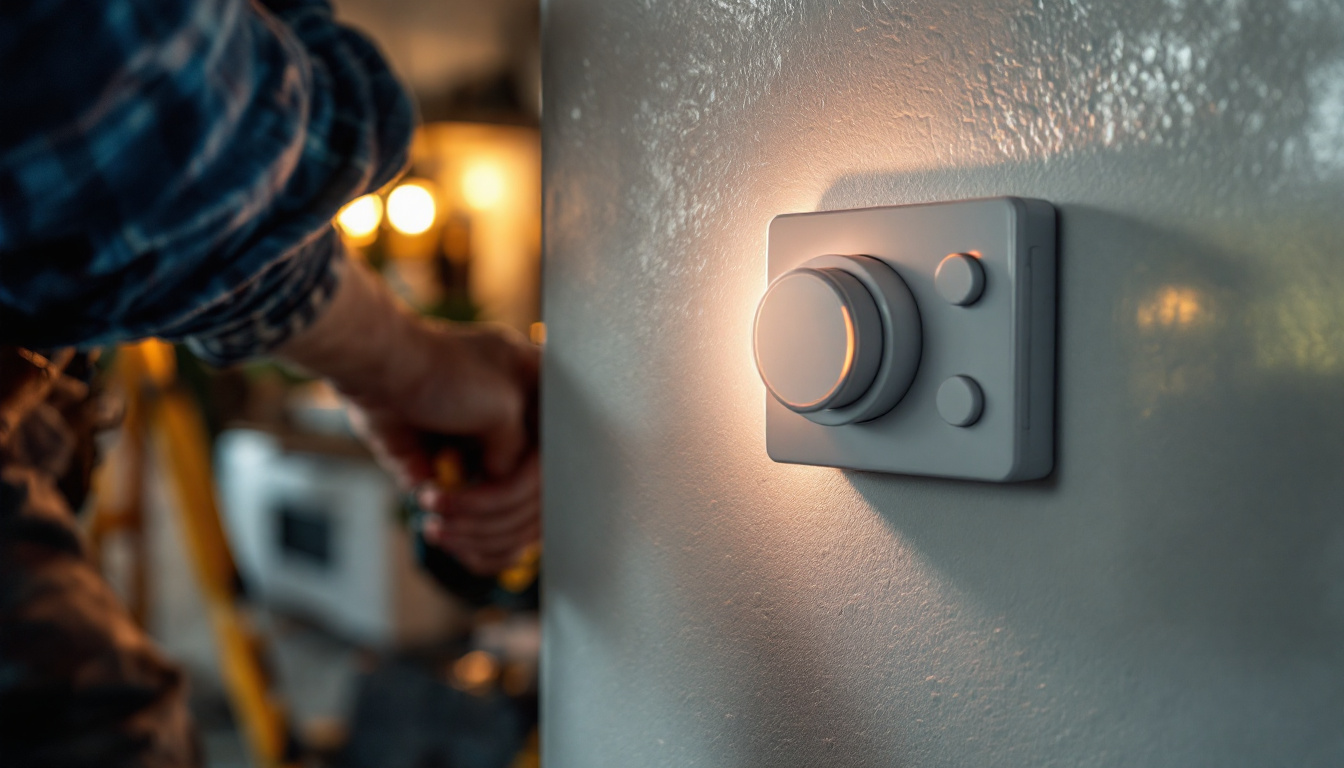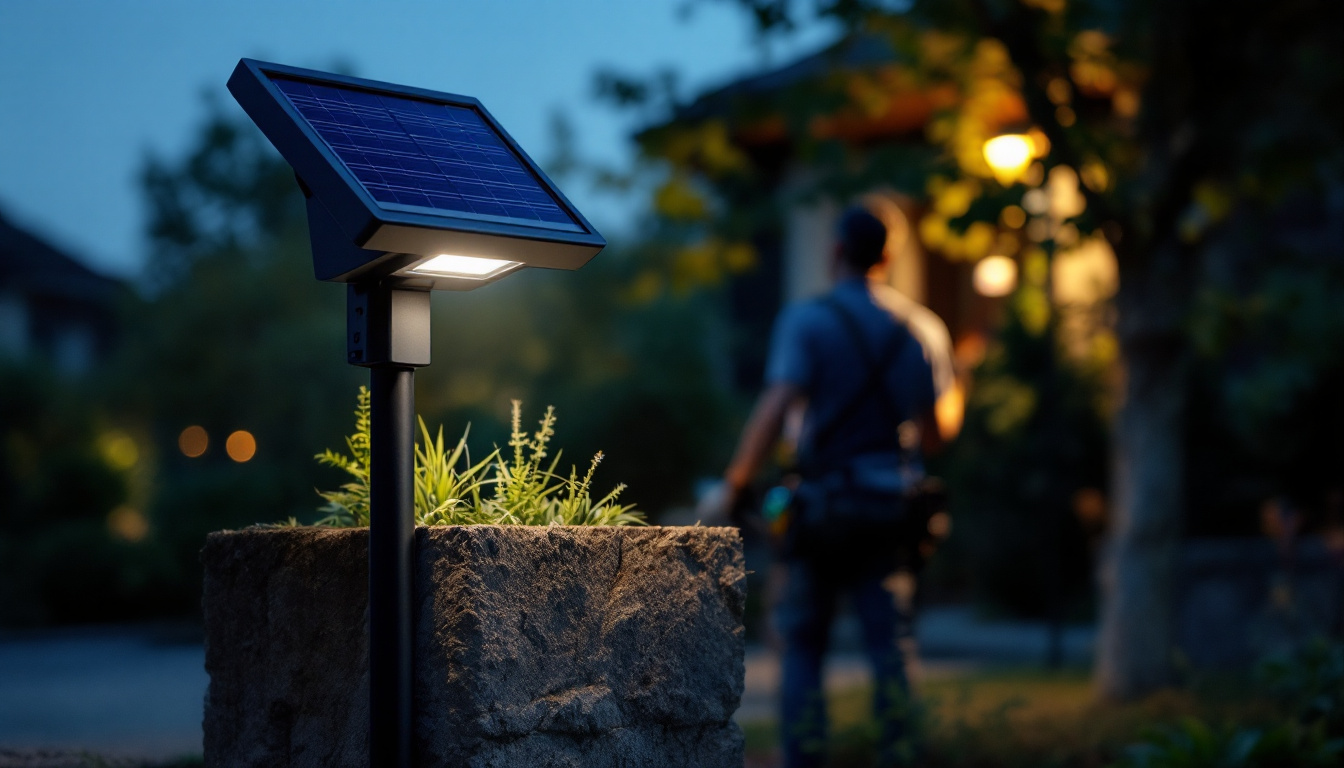
In the world of electrical installations, timer switches are becoming increasingly popular among lighting contractors. These devices not only enhance the functionality of lighting systems but also contribute to energy efficiency and convenience. Understanding how timer switches work, their benefits, and their applications can significantly improve the service offered to clients. This article provides a concise overview of timer switches tailored specifically for lighting contractors.
A timer switch is an electrical device that automatically turns lights on or off after a predetermined period. These switches can be programmed to operate at specific times of the day, providing flexibility and control over lighting systems. Timer switches can be found in various forms, including mechanical, digital, and smart timers, each offering unique features and benefits. Not only do they enhance convenience, but they also contribute to energy savings by ensuring lights are not left on unnecessarily, thus reducing electricity costs.
In addition to their primary function of controlling lighting, timer switches can also be utilized for other electrical devices, such as fans, heaters, or even outdoor landscape lighting. This versatility makes them an invaluable tool in both residential and commercial settings. By automating the operation of these devices, timer switches help create a more efficient and comfortable environment, allowing users to focus on their daily activities without worrying about manually managing their electrical systems.
Understanding the different types of timer switches is crucial for lighting contractors. Each type serves specific needs and applications, making it essential to choose the right one for a project. The choice of timer switch can significantly impact the functionality and efficiency of a lighting system, so it’s important to consider the specific requirements of the installation.
Incorporating timer switches into lighting designs can yield numerous benefits, making them an attractive option for both contractors and clients. Here are some key advantages:
One of the most significant benefits of timer switches is their ability to conserve energy. By ensuring that lights are only on when needed, these devices can help reduce electricity consumption. This not only lowers utility bills for clients but also contributes to environmental sustainability. Furthermore, with the rising costs of energy, timer switches can provide a practical solution to manage expenses effectively. By integrating these switches into a smart home system, users can monitor their energy usage in real-time, allowing for even greater control over their consumption habits.
Timer switches can improve security for residential and commercial properties. By programming lights to turn on and off at specific times, homeowners can create the illusion of occupancy, deterring potential intruders. This feature is particularly valuable for clients who travel frequently or have second homes. Additionally, some advanced timer switches can be integrated with security systems, allowing for more sophisticated programming options. For instance, users can randomize the lighting schedule to mimic their usual patterns, further enhancing the security measures in place and providing peace of mind when away from home.
For many clients, the convenience offered by timer switches is a significant selling point. They can automate lighting for various activities, such as outdoor lighting for evening gatherings or pathway lights that activate at dusk. This level of automation enhances the overall comfort and usability of a space. Moreover, timer switches can be programmed to align with daily routines, such as gradually brightening lights in the morning to simulate a natural sunrise, which can positively impact mood and energy levels. This thoughtful integration of technology not only improves the quality of life for users but also promotes a more harmonious living environment.
Timer switches can be utilized in a variety of settings, making them versatile tools for lighting contractors. Understanding the different applications can help contractors recommend the best solutions to their clients.
In residential settings, timer switches are commonly used for outdoor lighting, such as porch lights, garden lights, and security lights. They can also be employed for indoor lighting, allowing homeowners to schedule lights in different rooms according to their routines. This flexibility enhances the living experience and can be tailored to individual preferences.
For commercial properties, timer switches can be integrated into larger lighting control systems. They are often used in office buildings, retail spaces, and warehouses to automate lighting based on occupancy or time of day. This not only improves energy efficiency but also enhances employee productivity by ensuring adequate lighting during working hours.
In industrial settings, timer switches can help manage large-scale lighting systems. They are particularly useful in warehouses and manufacturing facilities where lighting needs can vary significantly throughout the day. By automating lighting schedules, businesses can reduce energy costs and improve safety by ensuring that work areas are well-lit when needed.
Installing timer switches requires careful consideration to ensure optimal performance and safety. Lighting contractors should be aware of several key factors during the installation process.
Before installing a timer switch, it is essential to verify that the existing wiring is compatible with the chosen device. Some timer switches may require a neutral wire, while others may not. Understanding the electrical system in place will help contractors select the appropriate timer switch and avoid potential issues during installation.
Choosing the right location for the timer switch is crucial for ease of use and accessibility. Contractors should consider placing the switch in a location that is convenient for the client, allowing them to easily adjust settings if necessary. Additionally, outdoor timer switches should be rated for wet locations to ensure durability and safety.
Once installed, it is important to provide clients with clear instructions on how to program and use the timer switch. This may include demonstrating how to set schedules, adjust timings, and troubleshoot common issues. Providing this information empowers clients to make the most of their new lighting control system.
While timer switches offer numerous benefits, they can also present challenges during installation and use. Being aware of these challenges can help contractors navigate potential issues effectively.
One of the most common challenges with timer switches is incorrect programming. Clients may struggle to set the desired schedules, leading to frustration and dissatisfaction. To mitigate this issue, contractors should take the time to explain the programming process thoroughly and offer to assist with initial setup.
Power interruptions can reset timer switches, causing them to lose their programmed settings. This can be particularly problematic for clients who rely on consistent lighting schedules. To address this, contractors can recommend timer switches with battery backup features, ensuring that settings are retained even during power outages.
As technology evolves, compatibility issues may arise between timer switches and existing lighting systems. Contractors should stay informed about the latest products and technologies to offer clients the best solutions. Conducting thorough compatibility checks before installation can help prevent issues down the line.
To maximize the benefits of timer switches and ensure client satisfaction, lighting contractors should adhere to several best practices during installation and service.
The lighting industry is constantly evolving, with new products and technologies emerging regularly. Staying informed about the latest innovations in timer switches and lighting control systems will enable contractors to offer clients the most effective solutions. Attending trade shows, workshops, and training sessions can provide valuable insights into new products and trends.
Every client has unique lighting needs and preferences. By offering customized solutions that take into account individual lifestyles and requirements, contractors can enhance client satisfaction. This may involve recommending specific timer switches based on the client’s usage patterns or integrating timer switches into a broader lighting control system.
After installation, providing ongoing support is essential for maintaining client relationships. Contractors should be available to answer questions, troubleshoot issues, and offer guidance on optimizing the use of timer switches. This level of support can lead to repeat business and referrals, ultimately contributing to the contractor’s success.
Timer switches are invaluable tools for lighting contractors, offering numerous benefits in terms of energy efficiency, security, and convenience. By understanding the various types of timer switches, their applications, and best practices for installation and support, contractors can enhance their service offerings and better meet the needs of their clients. As the demand for smart and efficient lighting solutions continues to grow, embracing timer switches will position contractors at the forefront of the industry.
Ready to elevate your lighting projects with the efficiency, security, and convenience of timer switches? Look no further than LumenWholesale for a vast selection of top-quality, spec-grade lighting products. Our unbeatable wholesale prices mean you get the best value without the middleman markups. We adhere to the highest industry standards, ensuring that every timer switch you purchase is reliable and high-performing. Plus, with free shipping on bulk orders, you can stock up on premium lighting solutions without worrying about hidden fees or compromises. Don’t miss out on the perfect blend of quality, affordability, and convenience. Visit LumenWholesale today and experience Wholesale Lighting at the Best Value for your next project.

Discover how chain hanging lights can revolutionize the workflow of lighting contractors by enhancing efficiency and flexibility.

Explore the transformative journey of flood lamps in the lighting industry, from their inception to modern innovations.

Discover the top benefits of solar security lamps for lighting contractors, including cost-efficiency, eco-friendliness, and easy installation.

Discover expert tips and strategies for lighting contractors to master the installation and optimization of wall switches for ceiling fans.